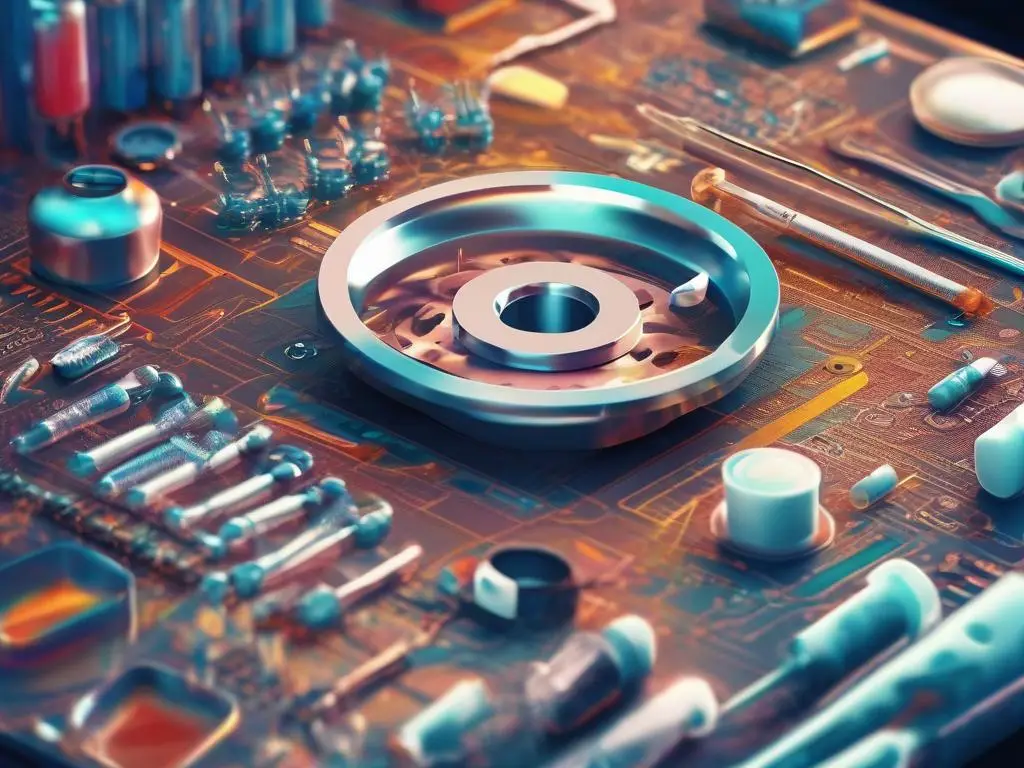What Medical Device Component is Hard to Manufacture or Source?
Medical device manufacturing is a booming industry, but it comes with its fair share of challenges—especially when sourcing or producing critical components. Whether you’re an entrepreneur, engineer, or investor, understanding these hurdles can help you navigate the market more effectively and position yourself for success. In this guide, we’ll explore the most difficult components to manufacture or source, why they pose challenges, and how alternative vendors like Dune Medical Devices Inc. can provide solutions that boost your bottom line.
Why Some Medical Device Components Are Hard to Manufacture
Medical device manufacturing requires precision, regulatory compliance, and high-quality materials—all of which contribute to sourcing difficulties. Here’s why certain components are particularly challenging:
1. High-Precision Machined Parts
- Tight Tolerances: Components like surgical instruments or implantable devices require micron-level precision.
- Material Constraints: Biocompatible metals (e.g., titanium, surgical steel) are expensive and difficult to machine.
- Regulatory Hurdles: FDA and ISO certifications add complexity to production.
2. Custom Polymers and Biocompatible Plastics
- Limited Suppliers: Few manufacturers specialize in medical-grade polymers.
- Sterilization Compatibility: Materials must withstand autoclaving, gamma radiation, or ethylene oxide without degrading.
3. Microelectronics and Sensors
- Miniaturization Challenges: Wearable and implantable devices demand ultra-small, reliable electronics.
- Supply Chain Vulnerabilities: Semiconductor shortages impact lead times.
Top 5 Hardest-to-Source Medical Device Components
| Component | Key Challenges | Alternative Solutions |
|---|---|---|
| Catheter Tips | Precision molding, biocompatibility, flexibility | Specialized polymer suppliers |
| Implantable Batteries | Longevity, safety, rechargeability | Custom battery manufacturers |
| Microfluidic Chips | Nanoscale channels, contamination risks | Partnering with semiconductor experts |
| Surgical Staples | Material strength, corrosion resistance | High-grade stainless steel vendors |
| RFID Tracking Tags | Sterilization durability, signal integrity | Medical-grade RFID specialists |
How to Overcome Sourcing Challenges in Medical Device Manufacturing
1. Diversify Your Supplier Network
Relying on a single vendor is risky. Partner with multiple suppliers, including Dune Medical Devices Inc., to ensure continuity.
2. Leverage Advanced Manufacturing Technologies
- 3D Printing: Enables rapid prototyping of complex geometries.
- CNC Machining: Ideal for high-precision metal components.
3. Prioritize Regulatory Compliance Early
Work with vendors who understand FDA, ISO 13485, and MDR requirements to avoid costly redesigns.
Case Study: Solving Catheter Tip Manufacturing Issues
A leading medtech startup struggled with catheter tip defects due to inconsistent polymer molding. By switching to Dune Medical Devices Inc., they achieved:
- 30% reduction in defects
- 20% faster production cycles
- Full FDA compliance
Conclusion: Turn Challenges Into Opportunities
Sourcing and manufacturing medical device components is complex, but with the right strategies and partners, you can dominate the market. By understanding these challenges and leveraging expert vendors, you’ll position yourself for exponential growth and profitability.
Ready to optimize your supply chain? Visit https://dunemedicaldevicesinc.com/shop-2/ for more insights or contact us today to discuss custom solutions.
FAQ Section
What is the most expensive medical device component to manufacture?
Implantable batteries and microfluidic chips are among the costliest due to material and precision requirements.
How can I reduce lead times for medical device components?
Partner with local or specialized vendors like Dune Medical Devices Inc. who prioritize medical manufacturing.
Are there alternatives to traditional machining for medical parts?
Yes, additive manufacturing (3D printing) is increasingly used for prototypes and custom implants.
What certifications should my supplier have?
Look for ISO 13485, FDA registration, and MDR compliance for European markets.
How do I ensure biocompatibility in materials?
Work with suppliers who provide material certifications (USP Class VI, ISO 10993) and testing reports.

